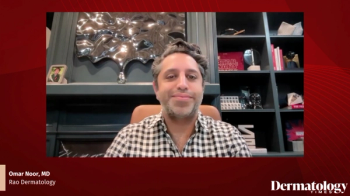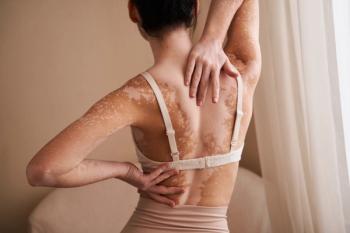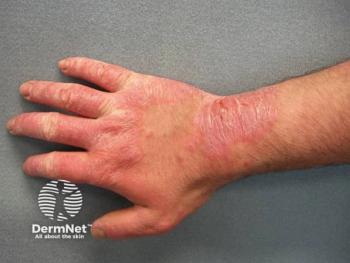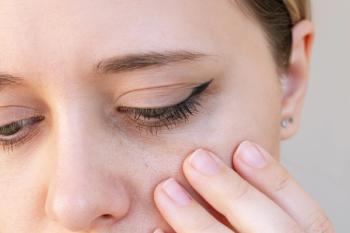
Q&A With the NEA: Vetting Eczema-Safe Products Through the Seal of Acceptance
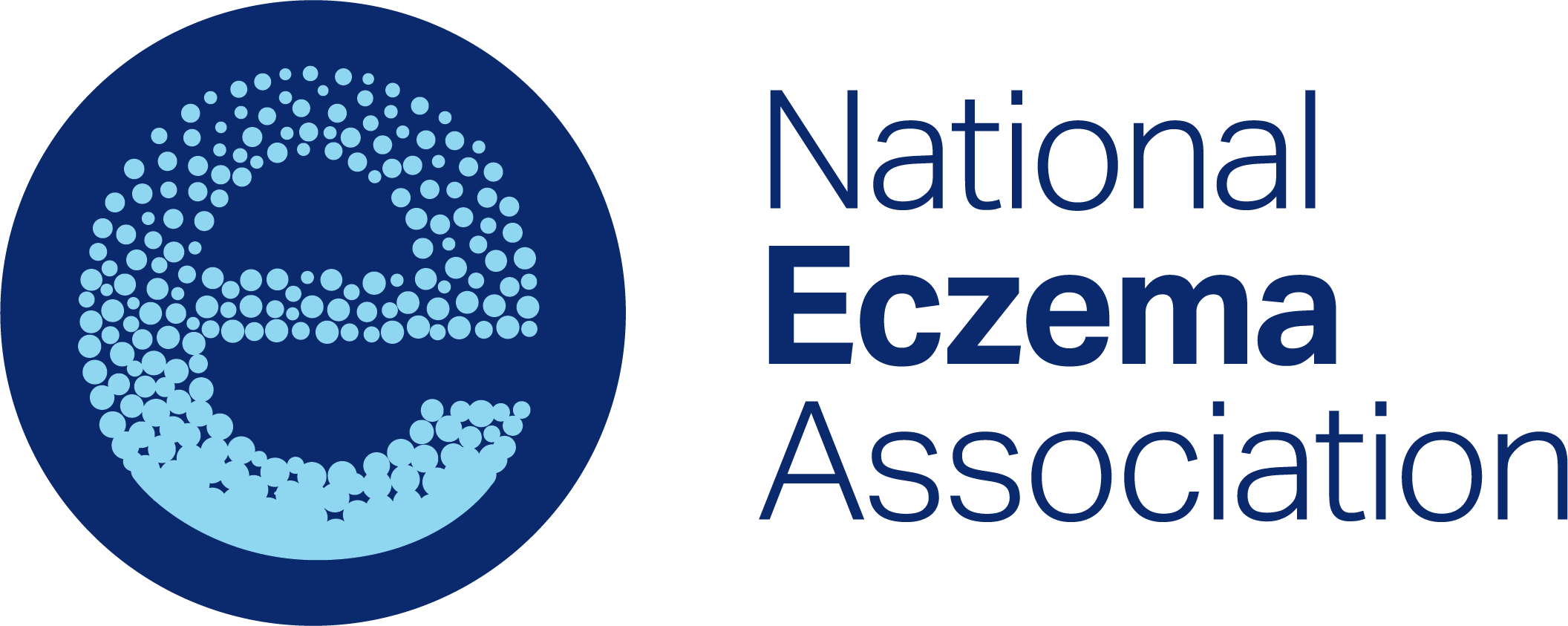
Key Takeaways
- The Seal of Acceptance program helps individuals with eczema find suitable products by ensuring they meet strict standards set by dermatologists and allergists.
- Products must undergo rigorous clinical safety testing, focusing on ingredient safety and absence of fragrances, to qualify for the Seal.
The NEA’s Sam Iannotti, MPH, discusses how the Seal of Acceptance helps patients and clinicians identify products that meet rigorous eczema care standards.
For patients living with eczema, choosing the right skin care and household products can be an overwhelming task, especially when flare-ups may be triggered by common ingredients found in everyday items. To help bridge that gap, the
In this Q&A, Dermatology Times spoke with Sam Iannotti, MPH, senior director of Seal of Acceptance and department operations at the NEA, to learn more about how the program works, what it takes for a product to earn the Seal, and how clinicians can get involved in guiding evidence-based recommendations for eczema care.
Q&A
Q: Can you briefly explain the mission and purpose behind the Seal of Acceptance program and how it supports both patients and professionals in guiding care?
A: The National Eczema Association’s Seal of Acceptance Program is really a guide for the community. The goal of the Seal program is to empower individuals and families in finding products that are suitable for them, their unique skin, and their lifestyle. What's wonderful about the Seal is that when you see the Seal on a product, you can be assured that it has been vetted by NEA and has met strict standards established by our Scientific Oversight Committee – a group of leading dermatologists, allergists, and eczema experts. We know how challenging it can be for individuals and for families who are dealing with eczema to find products that work best for them, their lifestyle, and their skin, so we want to take one step out of that challenging experience for you by vetting these products.
Q: Can you walk through the clinical safety testing process and what’srequired for a product to be accepted?
A: We have very strict standards that are set by our
Within those strict standards, we require all manufacturers or brands submit an ingredient list to us, and not just the list of ingredients, but their function within that specific product, as well as the formula. We want to ensure that none of the ingredients are there to be a fragrant, as well as making sure that none of the ingredients are on our ‘
The clinical safety testing requirements can differ a bit based on the product. There are certain types of product categories that may require a very specific type of testing, but for the most part, there are 3 specific clinical safety tests that we do accept, which are the HRIPT, the CIT, and the SIU. Within those, all testing must include Fitzpatrick Skin Type or similar testing data that shows different skin types, varying genders, age, etc. We don't accept testing on animals. Testing can be done outside of the US, as long as it meets our requirements.
Depending on the test, we have more specifics that need to be that need to be set; for example, for HRIPT, we do need a minimum of 100 participants with at least 50 of those having sensitive skin. For the SIU and CIT, there is a minimum of 25 participants, and all must have sensitive skin.
The last step of our rigorous process is being reviewed by our team of reviewers. The reviewers consist of dermatologists and allergists in tandem with our Scientific Oversight Committee’s standards. If the brand or the manufacturer meets all those requirements, then we're excited to award them the Seal, and they're added to our product directory on NEA’s website.
Q: What types of products most often qualify for the Seal, and are there particular formulations or ingredients that commonly lead to rejection?
A: We do have specific product categories. They fall within personal care, household products, and over the counter products: products like moisturizers, cleansers, hair care, deodorant, lip care, sunscreens, and laundry.
Moisturizers are the most common that you would see. If you were to go on our product directory, you would see the vast majority are some form of a moisturizer. But our product categories are evolving based on the needs of the community. At the NEA, we do our own research and put out surveys to the community to gather insights on how we can improve quality of life for those living with eczema. If we receive feedback through those surveys and through our own research that we are missing a specific product category, then we look to add that to our list.
As far as ingredients, the big one is fragrance. The product needs to be fragrance free or not have any sort of discerning scent to it, so the function of any ingredient can't be for the sole purpose of being a fragrant or making the product smell good. That's probably our biggest callout, or the most common way that a product gets denied, is that there's some sort of strong aroma to it.
If there's a change in formula, we do require that brand or manufacturer to resubmit and go through the entire process again. They receive the licensing for our Seal for a year, and at the end of the year, we do require that the brand or manufacturer resubmits the ingredient list and is also stating that there's been no change in the formula.
Q: How can clinicians get involved in the Seal of Acceptance program?
A: Reach out to
We do hear from many manufacturers and brands that when they're developing a new product, they have our ‘Ecz-clusion List’ as well as our Seal requirements in hand as they're developing that product to ensure that they're continuing to meet the needs of the eczema and sensitive skin community. I just think that's so telling to both the brands and to the Seal of its importance and the impact that it has on the community.
Q: Is there anything else you'd like clinicians to know about the Seal program or NEA?
A: Our standards do evolve over time based on what we're hearing from the community, what we're hearing from clinicians, and what new research has come out on specific ingredients and irritants and allergens. Our ‘Ecz-clusion List’ is not stagnant; we're constantly meeting with our Scientific Oversight Committee to determine what changes need to be made to our standards for the Seal.
We have an entire section on our website dedicated to resources for health care providers and their patients. If you’re interested in having documents readily available at your office for patients on the Seal or other programs and resources that NEA provides, absolutely check out our website.
Newsletter
Like what you’re reading? Subscribe to Dermatology Times for weekly updates on therapies, innovations, and real-world practice tips.

